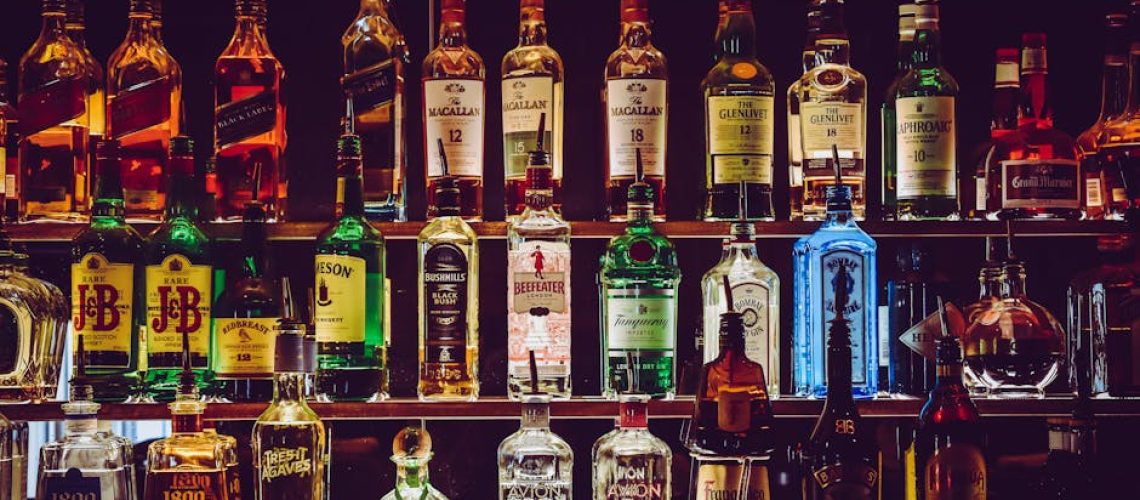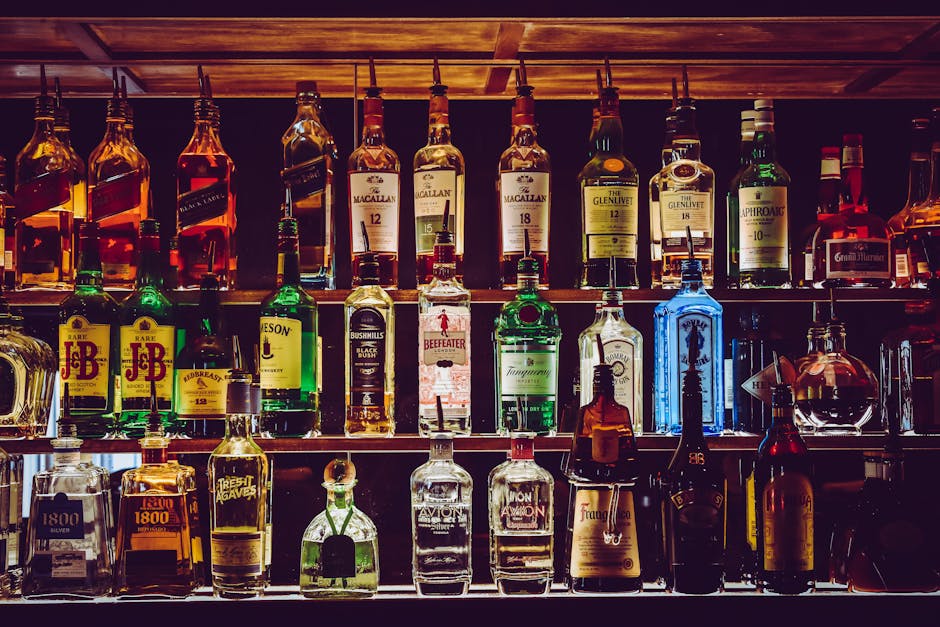In the vibrant world of viticulture, wine labels hold a story within a story, embodying the essence of each bottle. They provide a canvas for innovation, blending age-old traditions with the pulse of modern design and technology. This journey through the evolution and craft of wine labeling reveals how the art of storytelling through labels has transformed, drawing in connoisseurs and casual drinkers alike to uncover the tales bound in vines.
The Evolution of Wine Labels Through History
The journey of wine labels through history is as rich and varied as the wines they adorn. From simple hand-written notes to the intricate labels of today, wine labels have long served as a marker of quality and provenance. They mirror the cultural and technological shifts of their times, adapting to legal regulations and societal tastes. This historical voyage is not just about the changes in design or law but a reflection of wine’s enduring significance in human culture.
In the past, wine labels were primarily functional, carrying information about the wine’s origin, varietal, and sometimes the vintner. As the wine industry matured, so did the complexity and creativity of its labels, becoming a vital aspect of branding and marketing. The evolution from merely informative to artistically expressive labels reflects a deeper understanding of the consumer’s connection to wine, elevating the act of choosing a bottle into a sensory and intellectual experience.
How Modern Technology is Changing Wine Label Design
The advent of cutting-edge technology has ushered in a new era for wine label design. From augmented reality (AR) that brings labels to life to QR codes that offer a deeper dive into the wine’s story, technology enriches the consumer’s interaction with each bottle. These innovations extend beyond mere aesthetics, offering a portal to a multimedia experience that connects the drinker with the vineyard’s soil, climate, and philosophy, serving as a testament to the wine’s journey from grape to glass.
While some purists may question the need for such tech-driven embellishments, there’s no denying the appeal it has, especially among younger demographics. The ability to scan a wine label and instantly access pairing suggestions, detailed tasting notes, and even virtual tours of the vineyard represents a seamless integration of tradition and modernity, redefining what it means to ‘know’ a wine.
Sustainability and Ethical Considerations in Contemporary Wine Labels
Sustainability has become a rallying cry across industries, and the wine world is no exception. Wine labels now often reflect the winemaker’s commitment to sustainable practices, from organic farming to water conservation and beyond. Eco-friendly labels made from recycled materials or biodegradable substances communicate a message of environmental stewardship, aligning the values of the winemaker with those of the consumer.
The Role of Art and Culture in Wine Label Creation
Wine labels are a canvas for artistic expression, where the essence of the wine and its cultural heritage can be conveyed through design. Artists and designers collaborate with winemakers to capture the spirit of the wine, drawing inspiration from history, mythology, the landscape, and contemporary art. These mini-masterpieces invite the observer into a world where wine is not just a beverage but a work of art, embodying the soul of its region and the passion of its creators.
Consumer Influence: The Impact of Label Innovation on Wine Choice
In an increasingly crowded marketplace, the role of innovative wine labels in influencing consumer choice cannot be overstated. A unique label can distinguish a wine on the shelf, telling a compelling story that resonates with the consumer’s aspirations, lifestyle, and values. This connection can transform a simple act of purchasing into an experience of discovery and delight, making the label a powerful tool in the winemaker’s arsenal.
The influence of labels extends beyond the visual, impacting taste perceptions and expectations. Studies have shown that an appealing label can enhance the drinking experience, illustrating the profound connection between label design and enjoyment. In this way, innovations in wine labels not only capture attention but also enrich the sensory journey of wine appreciation.
A Toast to Innovation
As we’ve explored the dynamic landscape of wine labels, it’s clear that they are much more than just a piece of paper on a bottle. They are a bridge between the winemaker and the consumer, a blend of art, technology, sustainability, and consumer insight. In this age of innovation, wine labels continue to evolve, captivating us with their blend of tradition and modernity, reminding us that every bottle of wine holds not just a drink, but a story waiting to be told.

